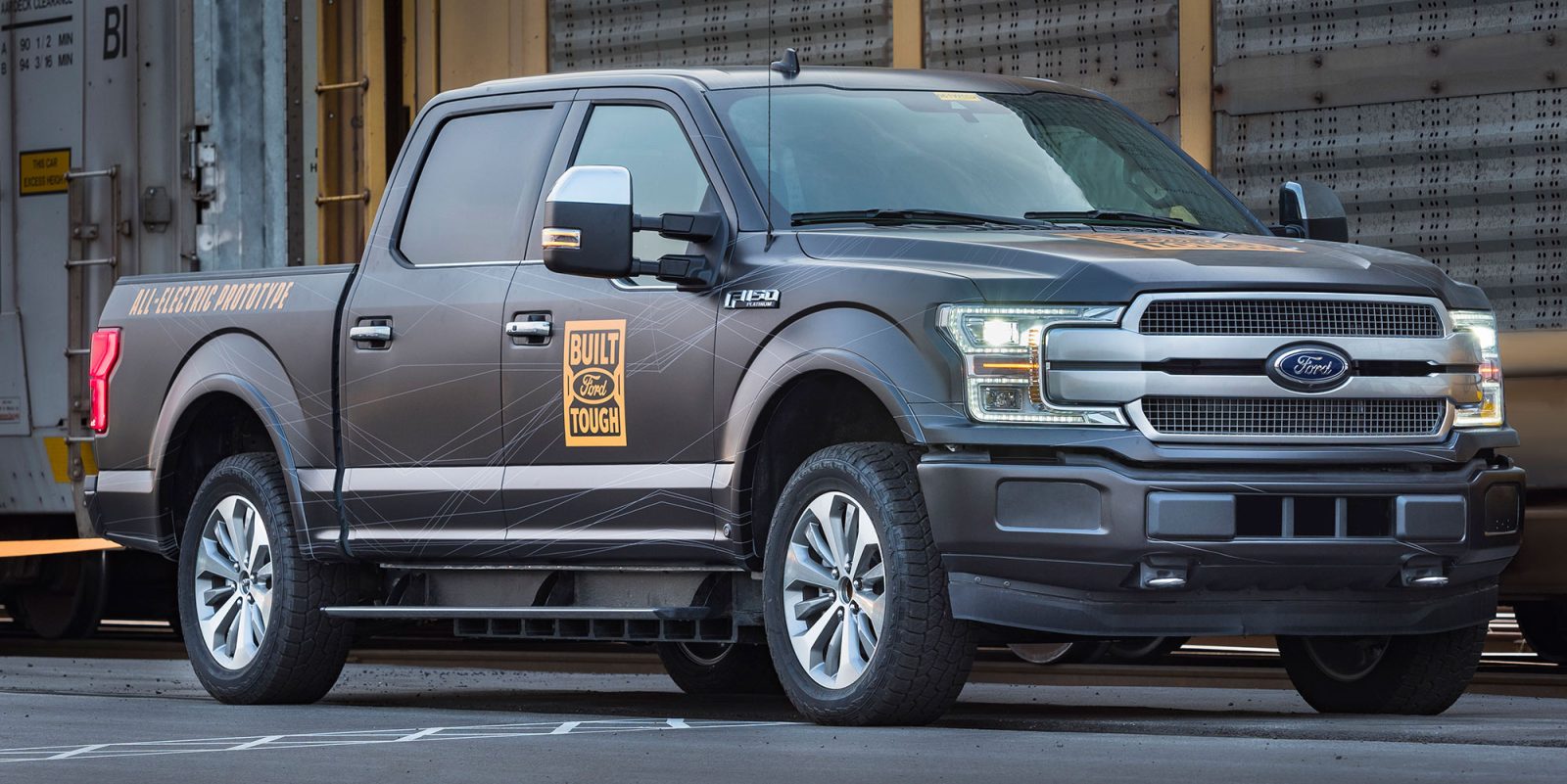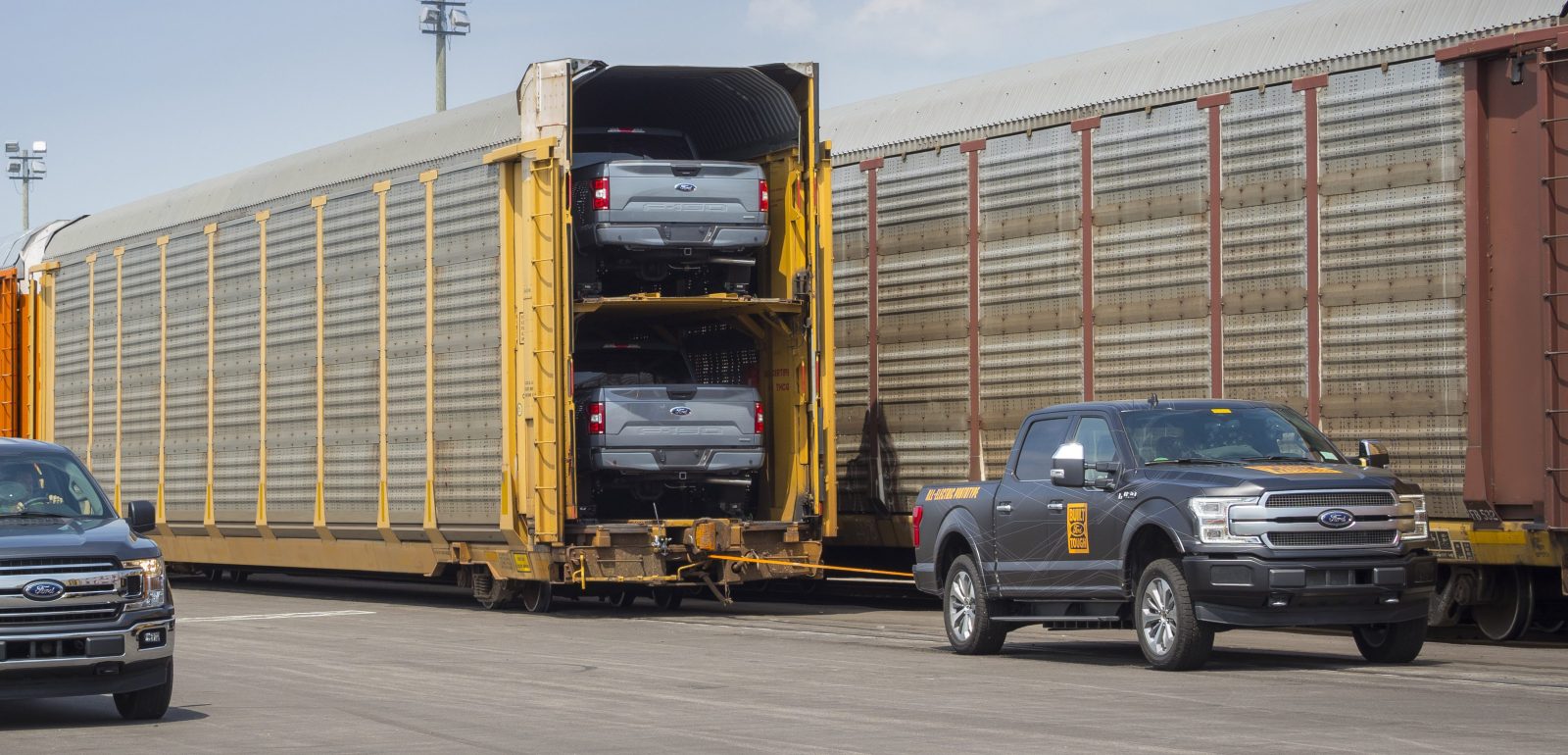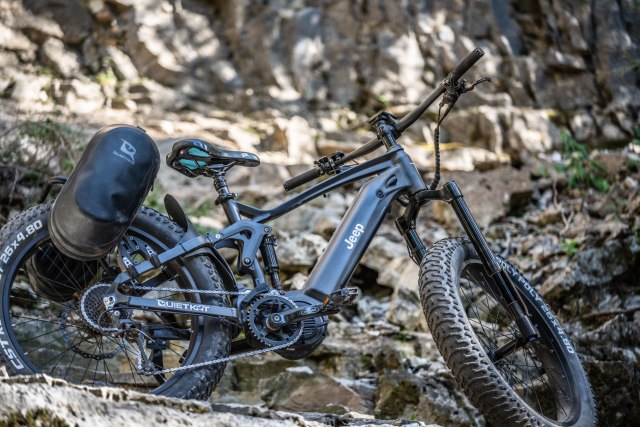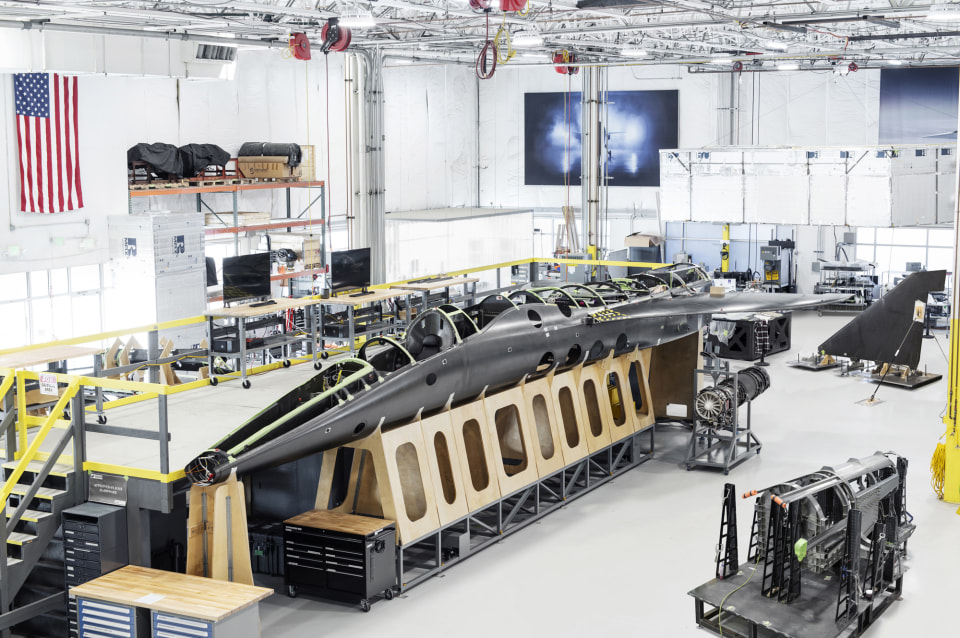
As reported by InsideEVs: Crashing while racing up Pikes Peak is bound to be both pretty spectacular and scary to see. If there could possibly be any doubt about that, it is erased by these images of a Tesla Model 3 Performance driven by Randy Pobst that caught the car in mid-fiasco. Now, thankfully the professional driver is ok, but it seems like the car will not have a chance to compete in the official running of the Pikes Peak International Hill Climb on Sunday.
According to a tweet from Unplugged Performance – an aftermarket outfitter of Tesla parts and accessories which sponsored the entry – the crash occurred during an initial practice session on the top section of the mountain. They say Pobst way driving "way too hot" and hit a dip, which then caused the car to go airborne. Unfortunately, physics can be cruel with all its strict rules about what-goes-up-must-come-down and a-body-in-motion-tends-to-stay-in-motion, etcetera. Check out the pics in the gallery just below. If you need a tissue, it's ok. We understand.
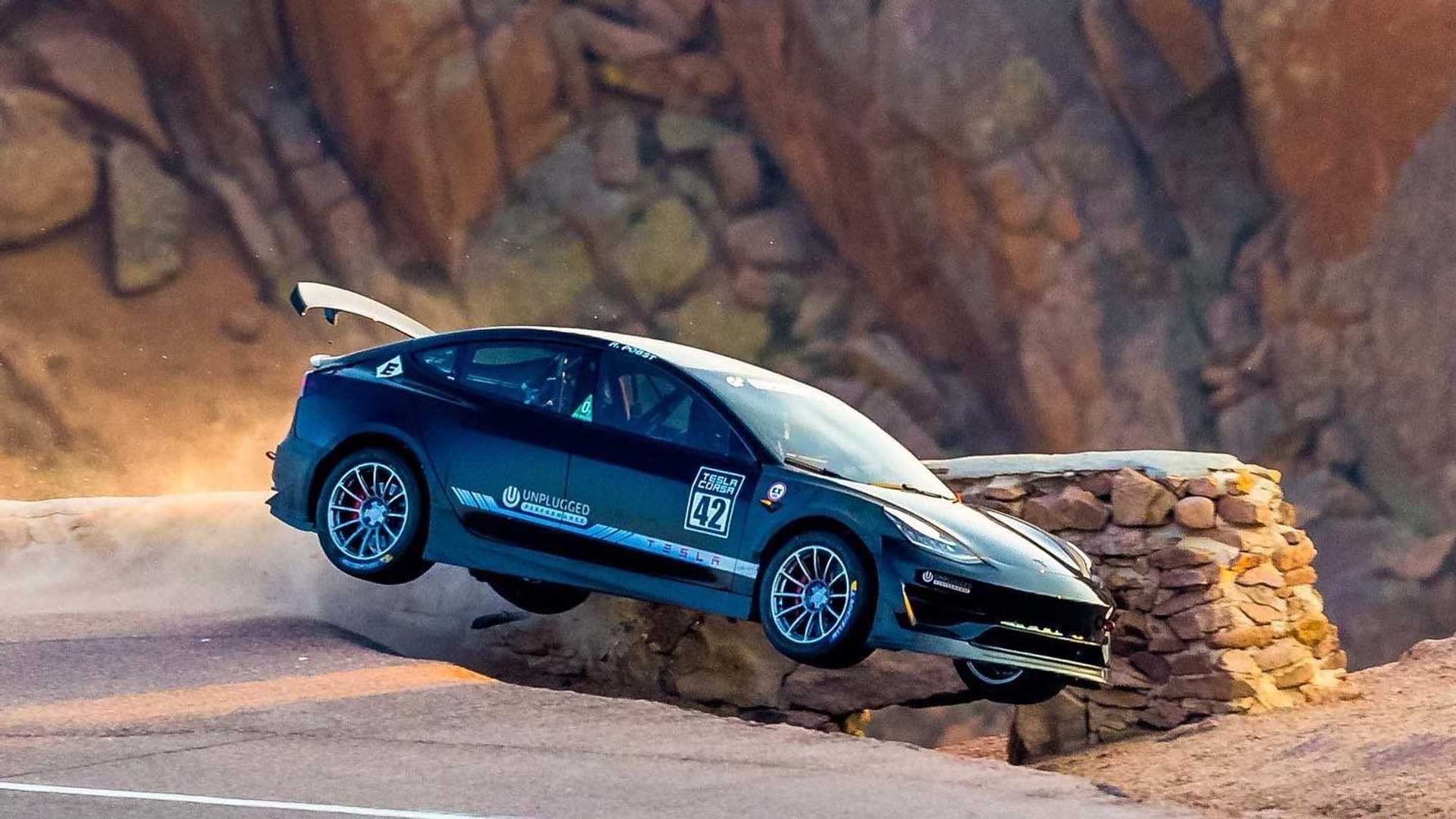




It's truly unfortunate, because everything had been going well for the team up until this point. Pobst had been very pleased with the Model 3 in previous sessions covering the bottom section of the mountain. He had completed that in first place, keeping an incredible 26 seconds between himself and the closest competitor. He went so far as to say the battery-powered beast was the best of the six vehicles he'd ever raced in the event over his career, which is truly something.
Don't believe us? Hear him say it himself on video in the embedded tweet below. But, before you watch that, first, check out the in-car footage from that first amazing run.
Ok, now that you've taken that in, watch the clip in this embedded tweet. Be sure to watch until the end to capture some of the unscripted excitement of racing hard on a challenging course.
And here's video of Pobst discussing the crash and explaining what went wrong:
Sadly, the crash isn't the first experienced by a Tesla Model 3 at Pikes Peak this year. The event kicked off with an unholy trinity of the mid-sized electric sedan. That number had already been reduced by one when rookie Josh Allen crashed his entry hard enough to leave it out of the running. You can see it being towed unceremoniously away in the embedded tweet below.
The remaining contender is being driven by Blake Fuller. He famously set a record in a Tesla Model S in 2016. Indeed, it is that record he is attempting to beat this year. If you'd like a little insight into that car, we watched it do a 2-mile lap of our test track in early June. You can also see it going through tech inspection at the mountain in the embedded tweet below.
Fingers crossed this last Tesla Model 3 entry makes it to race time on Sunday and performs as it ought to. Expect the record to fall if it does.
